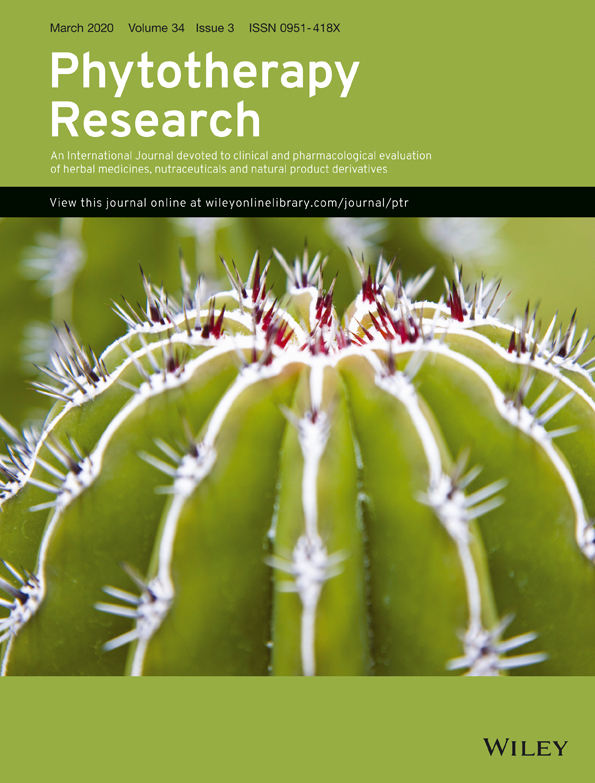Calycosin ameliorates doxorubicin-induced cardiotoxicity by suppressing oxidative stress and inflammation via the sirtuin 1–NOD-like receptor protein 3 pathway
Abstract
The limitation of doxorubicin (DOX), which is widely used for the treatment of solid tumors and hematologic malignancies, is a vital problem in clinical application. The most serious of limit factors is cardiotoxicity. Calycosin (CA), an isoflavonoid that is the major active component in Radix astragali, has been reported in many bioactivities including antitumor, anti-inflammatory, and cardioprotection. The aim of the study was to investigate the effects and mechanisms of CA on DOX-induced cardiotoxicity in vitro and in vivo. CA increased H9c2 cell viability and reduced apoptosis induced by DOX via Bcl-2, Bax, and the PI3K-Akt signaling pathway. Moreover, CA prevented DOX-induced oxidative stress in cells by decreasing the generation of reactive oxygen species. Similarly, oxidative stress was inhibited by CA through the increased activities of antioxidant enzymes such as glutathione peroxidase, catalase, and superoxide dismutase and decreased the levels of aspartate aminotransferase, lactate dehydrogenase, and malondialdehyde in vivo. Furthermore, the levels of sirtuin 1 (Sirt1)–NOD-like receptor protein 3 (NLRP3) and related proteins were ameliorated by CA in cells and in mice hearts. When H9c2 cells were treated by Ex527 (Sirt1 inhibitor), the effect of CA on expressions of NLRP3 and thioredoxin-interacting protein was suppressed. In conclusion, the results suggested that CA might be a cotreatment with DOX to ameliorate cardiotoxicity by Sirt1–NLRP3 pathway.
CONFLICT OF INTEREST
The authors declare no conflicts of interest.




